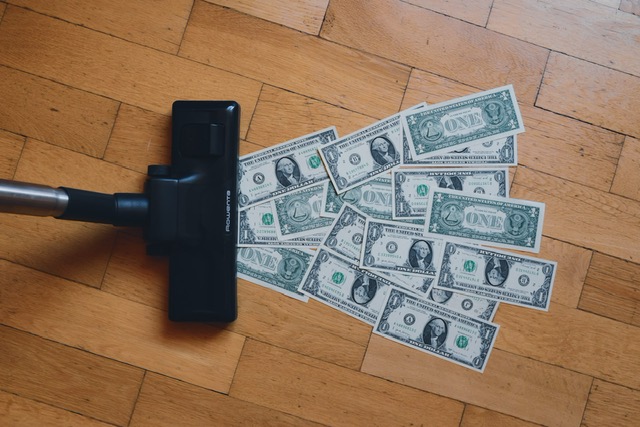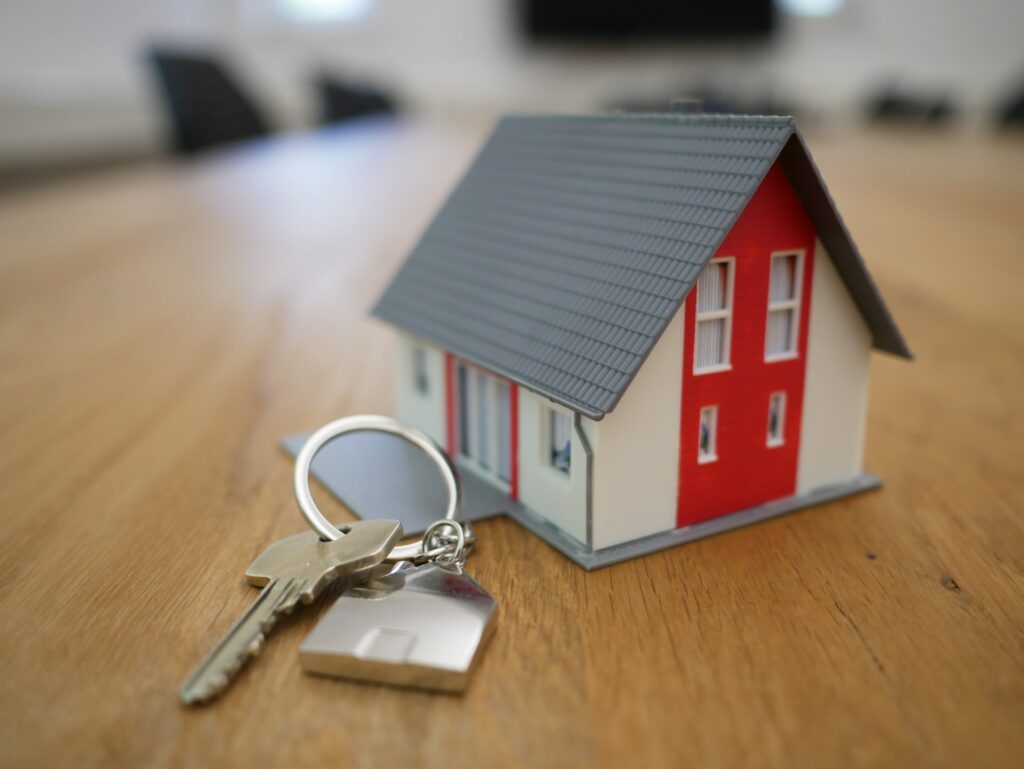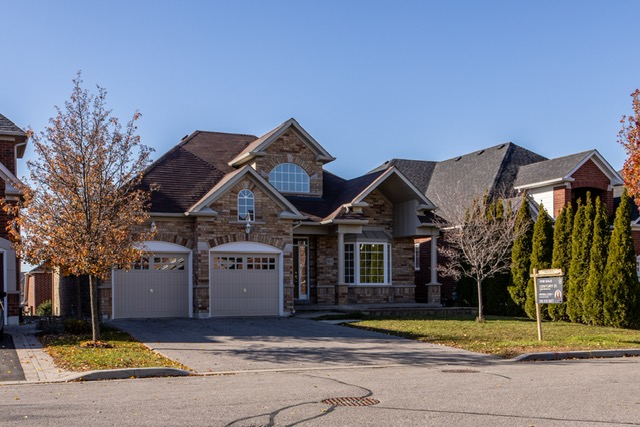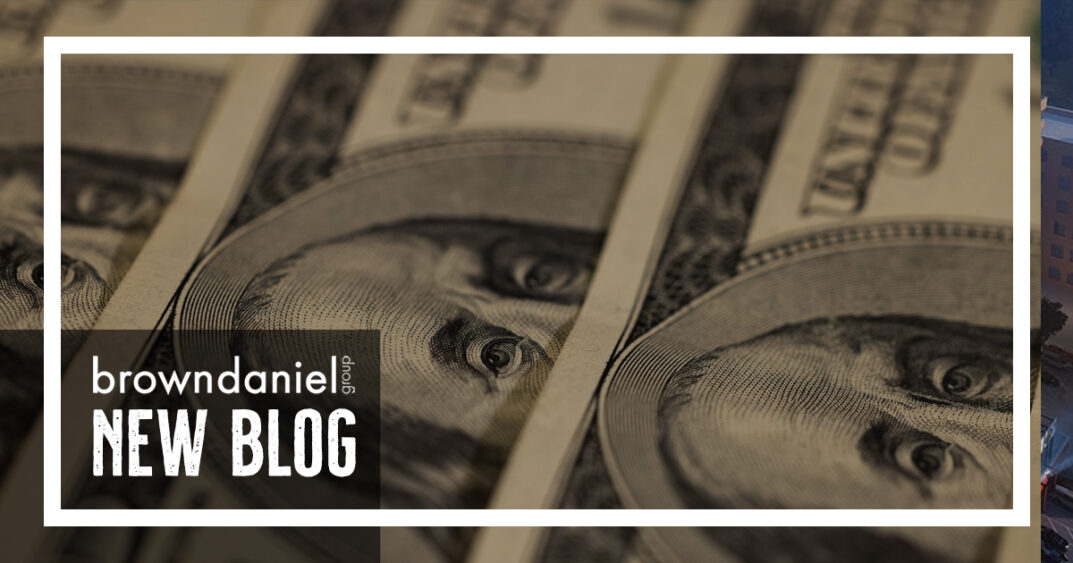
Inflation seems to be one of the biggest news stories these days, but you don’t need the media to tell you that prices are up on almost everything, from food to gas to housing. When it comes to home prices for example, in February 2012, the nationwide average sale price of a home was $160,000. Flash forward to today and that price is up to a record-breaking $423,000. While home prices have been rising steadily for years, the biggest increase has taken place in just the past year.
There are three major factors in play when it comes to the reason why houses are currently so expensive – limited supply of available homes, high demand from buyers, and near historic inflation rates. The housing market has long been closely tied to the health of the overall economy in the United States. The average national inflation rate hit 8.3% in April 2022, but it had been steadily increasing since the beginning of the pandemic, pushing housing prices higher as it went. The government normally reacts to inflation in housing prices by increasing mortgage interest rates. Making mortgages more difficult to get should lead to a decrease in demand, and a subsequent decrease in prices. Recently this has not worked, and home prices continue to rise. This leaves many people wondering what comes next. Will inflation cause the housing market to finally cool down? Will the sales prices and rent amounts for available homes begin to fall?
What Exactly Is Inflation Anyway?

By definition, inflation is the increase in prices over a given time period, such as rising home prices, or an increase in the amount you pay for groceries. The result is that your dollar has less spending power than it did before the inflation. Most economists agree that inflation isn’t all bad, and is instead a normal part of a healthy economy. In fact, the Federal Reserve (often called “The Fed”) plans for a 2% inflation rate from one year to the next. As long as the inflation is coupled with growth in the economy through jobs, consumer spending power still goes up and the economy remains balanced.
What we are currently experiencing is out of the ordinary inflation, and a slowing of the economy. When money supply outpaces economic growth, currency begins to lose value, leading to higher prices on everything. To fight against these higher prices, The Fed attempts to manage the supply of both money and credit, while also measuring the price changes for various products and services to determine inflation rates. Inflation can rise uncontrollably and unpredictably for a variety of reasons, such as limited supply, slowed production, distribution bottlenecks, or higher demand during a things like pandemics and natural disasters.
Kinds of Inflation

When supply and demand are out of balance for any of the reasons described above, this can cause inflation, which lowers the purchasing power of consumers. The government measures inflation rates with the Consumer Price Index (CPI) and the Producer Price Index (PPI). These measurements keep track of prices of goods for both consumers and businesses. As the cost of goods goes up, the government takes note and tries to combat inflation.
There are three main types of inflation:
- Demand-Pull Inflation: When demand for goods increases but the supply of those goods remains the same, prices increase. If consumers are able to increase their purchasing power, competition for goods and services will grow and result in higher prices. The sudden popularity of a particular product can also cause demand-pull inflation, such as the Beanie Babies craze of the 1990s.
- Cost-Push Inflation: When supply of goods is lessened, but the demand them remains the same, prices get pushed higher. This can happen during natural disasters or civil unrest. A good example of this type of inflation is oil prices. Political unrest in an oil supplying nation, or a hurricane hitting the United States’ gulf coast refineries can reduce oil supply, causing prices go up as demand remains constant.
- Built-In Inflation: This is a healthy form of inflation that occurs naturally and lasts indefinitely, affecting nearly everything and everyone. As the price of goods and services increases, people demand higher wages in order to maintain their standard of living. Higher pay leads to more spending, which keeps the cycle going. Governments often account for this long-term inflation when planning their economic strategies.
Currently the United States is experiencing both Demand-Pull and Cost-Push inflation. This is especially apparent in the housing market because of historically low supply of available houses happening at the same time as all-time high demand.
Effects on the Housing Market?

Mortgage rates typically move hand in hand with inflation. Usually when housing prices go up, the Fed raises mortgage interest rates. This makes purchasing a house more expensive, lowering demand and thereby bringing prices back down. That isn’t how things are working right now though. Because the housing supply is so low and while demand is still so high, raising interest rates is just pricing more people out of the market completely.
Of course, increasing housing prices cannot be blamed on inflation alone. We are still experiencing global supply chain issues, while at the same time pandemic-induced consumption trends and zoning issues are both contributing to this ongoing problem.
What Happens When Mortgage Rates Rise?
Mortgage rates are closely related to the economy, in that they both react to and influence inflation rates. Mortgage interest rates are also a critical component for determining mortgage and housing affordability. Most buyers obtain a 30-year fixed-rate mortgage, which will keep the same interest rate for the lifetime of the loan. Governments often raise interest rates when inflation increases significantly, which helps curb rising housing costs and lower inflation in the housing market.
The 30-year fixed APR mortgage rate is currently 5.39%, which is much higher than the rate of 3% we saw just one year ago. In basic terms, this higher rate means that homebuyers must spend hundreds of dollars more per month on their mortgage than they did last year. At the same time, because of inflation, the perfect house that you are looking at may cost $50,000 more than you were expecting or planning to pay. Though mortgage rates have gone up recently, they are still below the inflation rate, which is somewhat unusual. This is why the housing market hasn’t crashed yet or started to show the same downturns as other investments, such as stocks and bonds.
What Else Influences Housing Prices?

Housing prices in the United States continue to trend upward. Other than inflation, what could be the cause? Here are a few reasons:
- Supply: Right now there simply are not enough single-family homes to go around for the people who want them. Nationwide there is currently a shortage of approximately 4 million homes. This is due in part to the underbuilding of new houses over the last decade, while at the same time, fewer people are choosing to move out of their current homes.
- Demand: Demand for housing is at an all time high, mainly because millennials are now in their prime homebuying years. In fact, many older millennials had held off until recently on buying their first home, while younger millennials began their path to home ownership earlier than their older peers.
- Wealth Inequality: Inequality in wealth in the United States has never been worse. Right now, the wealthiest third of families are the only ones in many regions who can afford the few homes that are on sale, with demand pushing prices even higher.
- Pandemic Factors: Many people are still working mainly from home, which frees them up to relocate and live wherever they want. Building materials are not making it to where they need to be, whether they are stuck on ships, in ports, or on trucks. Rent is also increasing dramatically, so many people who may have remained renters a few years ago are now in the market to make a more economical decision and purchase a home.
What Does This Mean for Buyers and Sellers?
As both home prices and interest rates rise, prospective buyers can expect to pay more for less, especially in urban areas where inflation is rising the fastest. Even more so than housing prices, mortgage rates determine whether or not most people can afford to buy a home. As mortgage rates rise, fewer people will be able to afford the loan needed to obtain a home. This will likely result in sellers beginning to enter the market with lower asking prices. This won’t happen overnight though, and there still are not enough homes for those who want them.
If you’re looking to buy a home in the current market, you will need to be more prepared than ever before. Get pre-approved and have all required documentation regarding your loan approval ready to go. Working in advance with your loan officer, will help you stand out as a qualified and serious buyer able to get the transaction closed quickly.
Is it Still Better to Buy Instead of Rent?
Inflation and rising interest rates may be making things difficult for home buyers, but it is still more beneficial for you to buy instead of rent if you don’t anticipate moving again anytime soon. This is especially true when you consider how rental rates are also on the rise. As prospective buyers are priced out of the market for purchasing a home, they are forced to rent instead. This increases the demand for rental units, allowing owners to charge higher and higher monthly rents.
What’s Next?
More and more experts agree that the housing market will likely begin to cool down soon. Even though we can’t predict exactly when things will even out completely, home supply is already beginning to catch up to consumer demand. Eventually, inflation will start to fall as supply chain and production issues are resolved. When this happens, interest rates will likely fall alongside inflation. Over the next few years as all of these things occur, it should improve the situation for both homebuyers and renters.

